Data Trends 2025: Women's Health





Reviewed by:
Aliya R. Webermann, PhD, Staff Psychologist, Department of Psychology Service, VA Connecticut Healthcare System, West Haven, Connecticut; Associate Research Scientist, Department of Psychiatry, Yale School of Medicine, New Haven, Connecticut. Aliya R. Webermann, PhD, has disclosed no relevant financial relations:hips.





Women, the fastest-growing veteran subpopulation, represent over 10% of US veterans and are projected to reach 18% by 2040.1 Currently, 28% of women veterans use VHA services, with 44% receiving VHA-funded community care.2 While 86% of VHA women veterans are under 65, the population is aging.3,4 Compared to male veterans, women experience higher rates of depression, anxiety, military sexual trauma (MST), musculoskeletal conditions, chronic pain, and PTSD—though evidence on sex differences in PTSD is mixed.5,6 Women veterans also face pregnancy-related challenges, including childcare barriers, difficulty discontinuing pain medications, poor VHA-obstetric coordination, and higher perinatal mortality. In 2010, VHA Directive 1330 established standards for women’s healthcare, including designated women’s health providers.7 In 2018, Directive 1115 outlined MST-related care, screening, and free treatment.8 Despite progress in women’s healthcare and a greater sense of welcome at VHA, gaps persist in provider availability, community care coordination, and harassment within facilities.9 Women veterans also report barriers such as lack of insurance, unaffordable care, transportation issues, and inability to take time off work.10
 US Veteran Women Population Growth and Gender Disparities1,11-15
US Veteran Women Population Growth and Gender Disparities1,11-15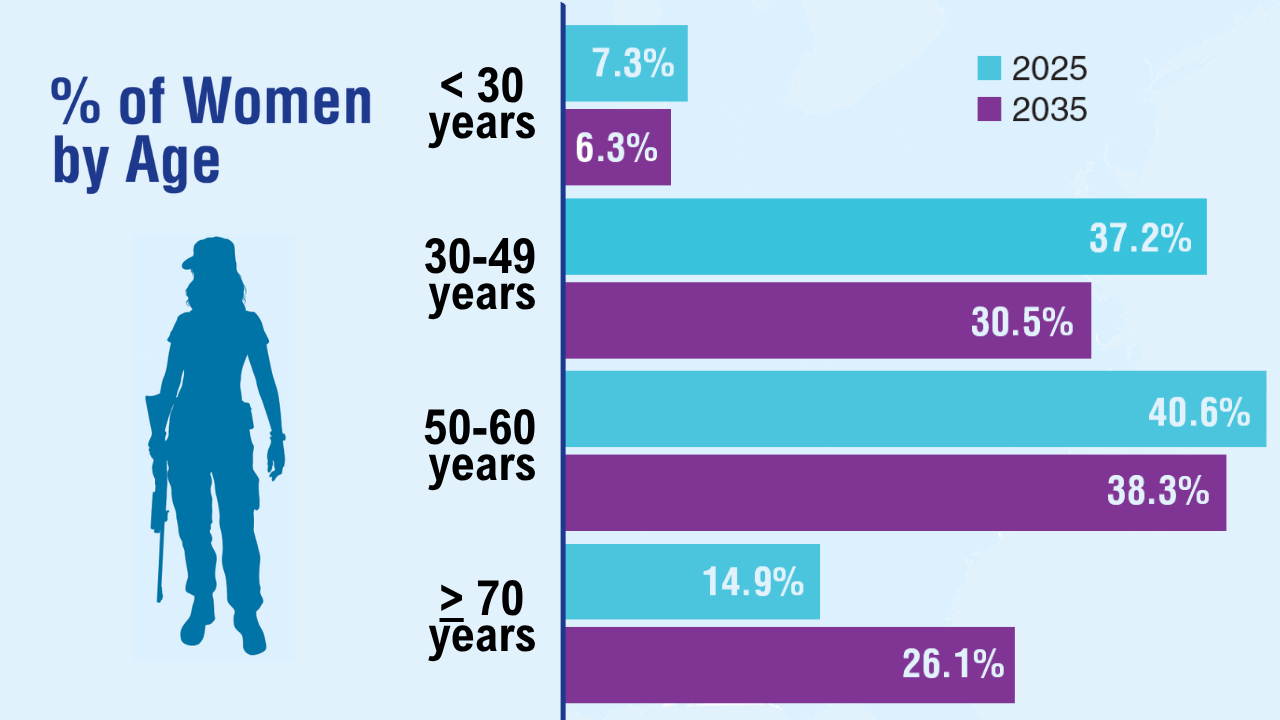 US Veteran Women Population Growth and Gender Disparities1,11-15
US Veteran Women Population Growth and Gender Disparities1,11-15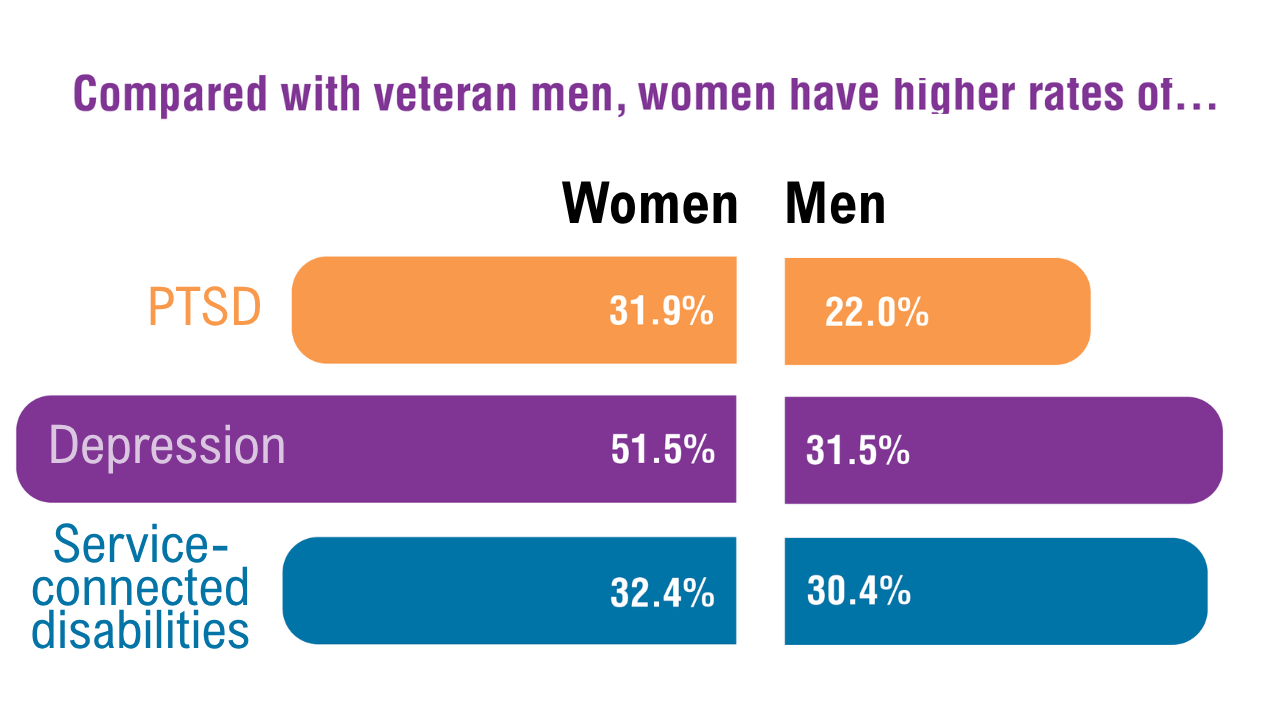 US Veteran Women Population Growth and Gender Disparities1,11-15
US Veteran Women Population Growth and Gender Disparities1,11-15 Mental Wellness Challenges for Women Veterans16-20
Mental Wellness Challenges for Women Veterans16-20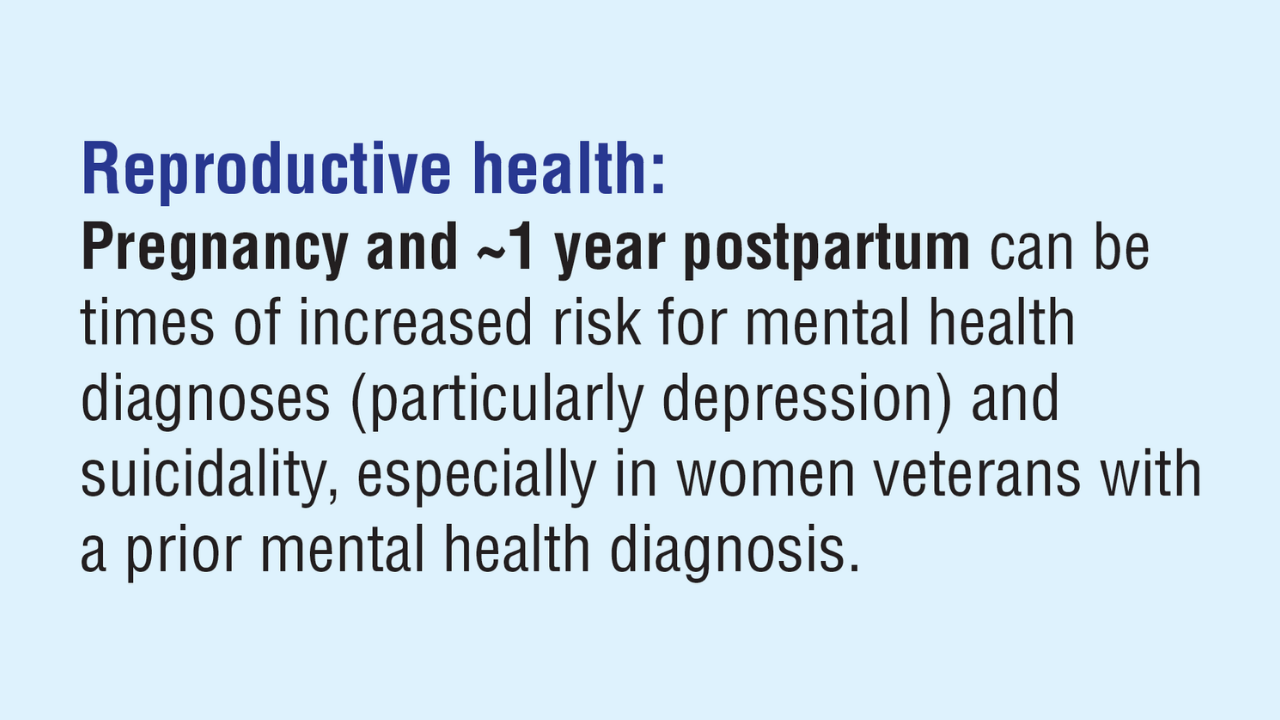 Mental Wellness Challenges for Women Veterans16-20
Mental Wellness Challenges for Women Veterans16-20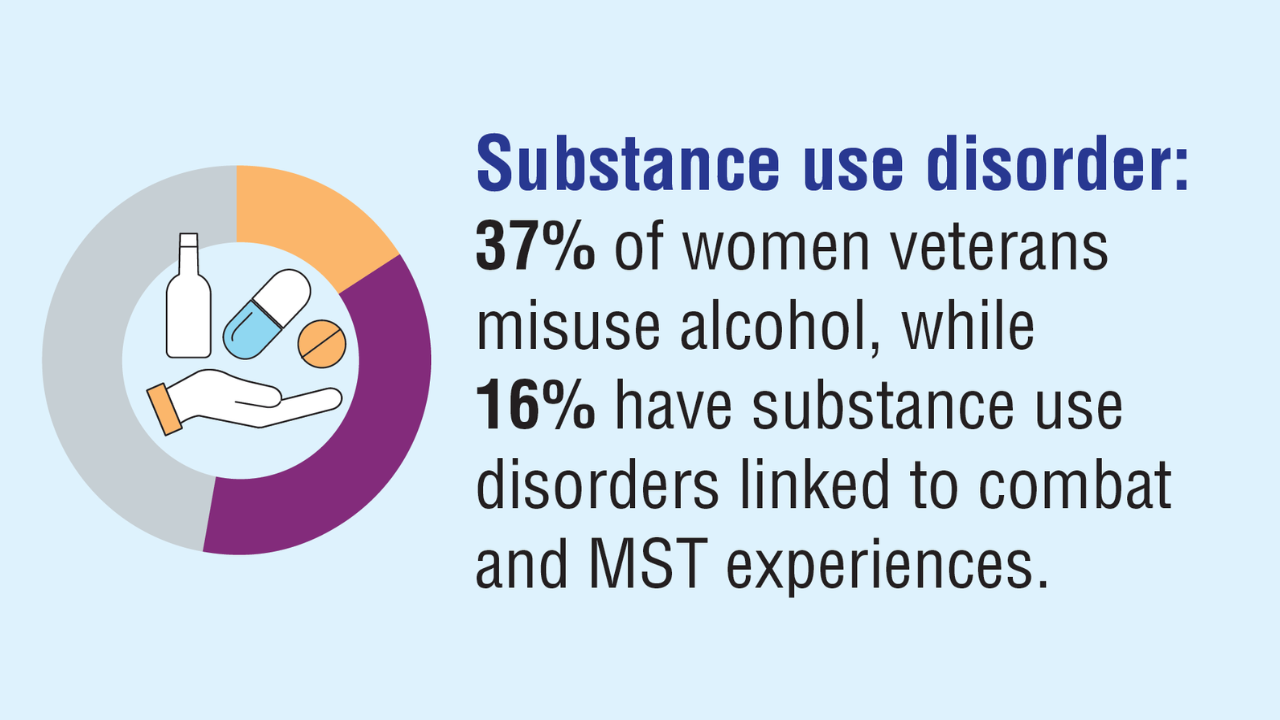 Mental Wellness Challenges for Women Veterans16-20
Mental Wellness Challenges for Women Veterans16-20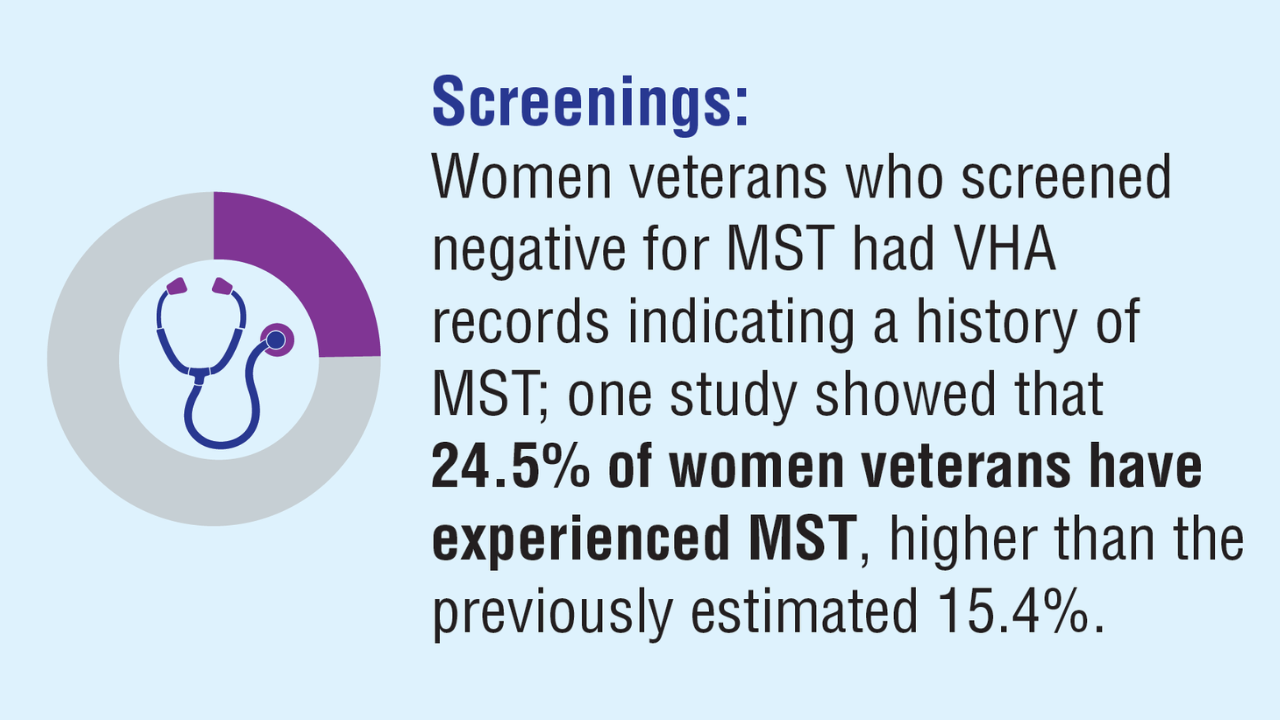 Mental Wellness Challenges for Women Veterans16-20
Mental Wellness Challenges for Women Veterans16-20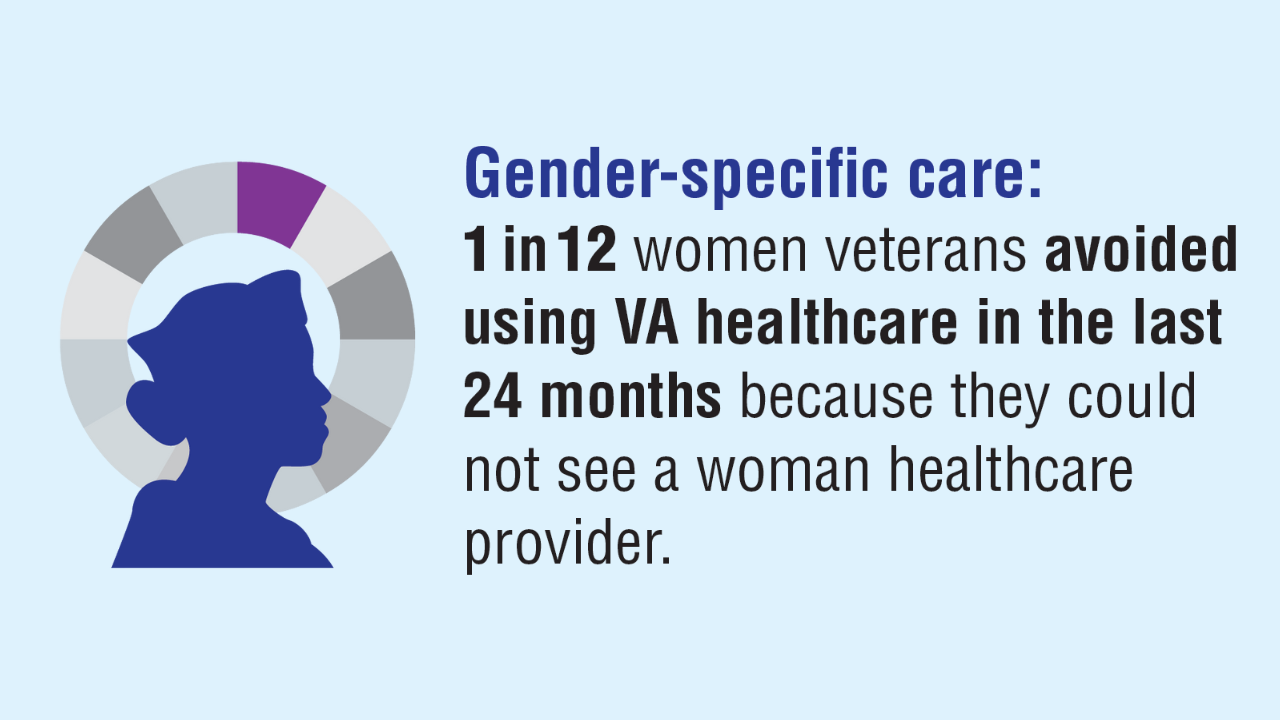 Mental Wellness Challenges for Women Veterans16-20
Mental Wellness Challenges for Women Veterans16-20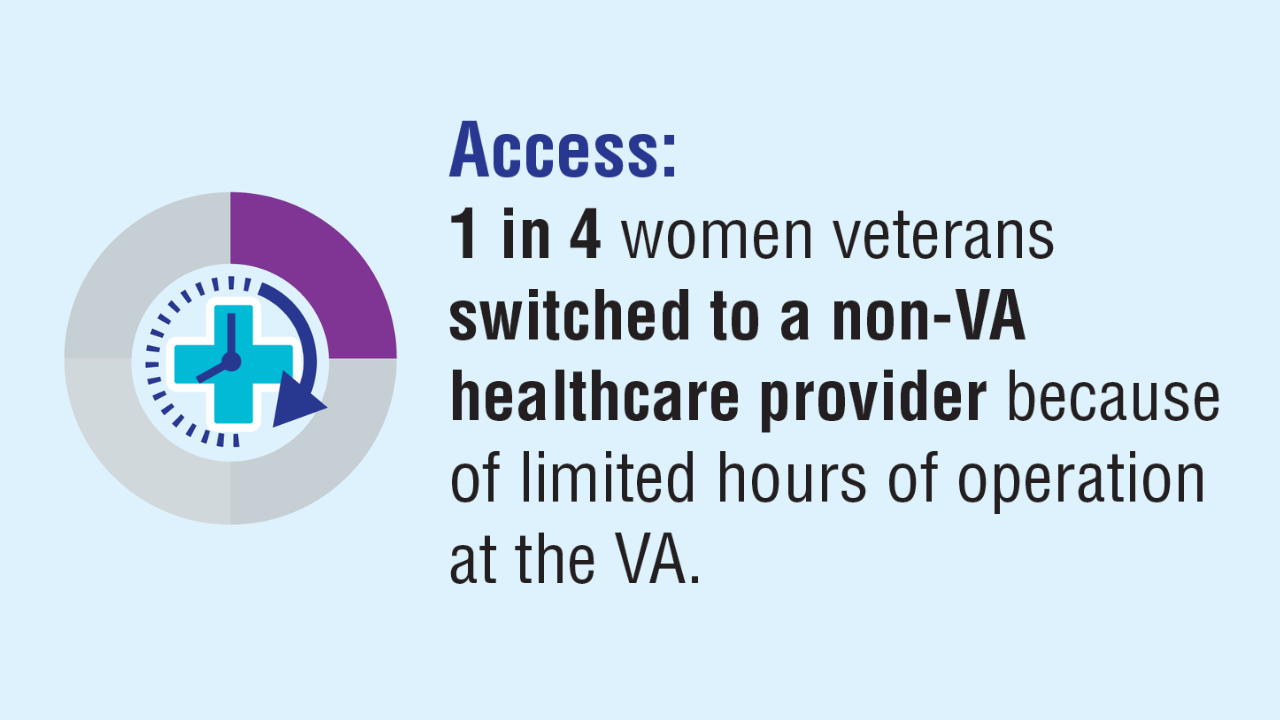 Mental Wellness Challenges for Women Veterans16-20
Mental Wellness Challenges for Women Veterans16-20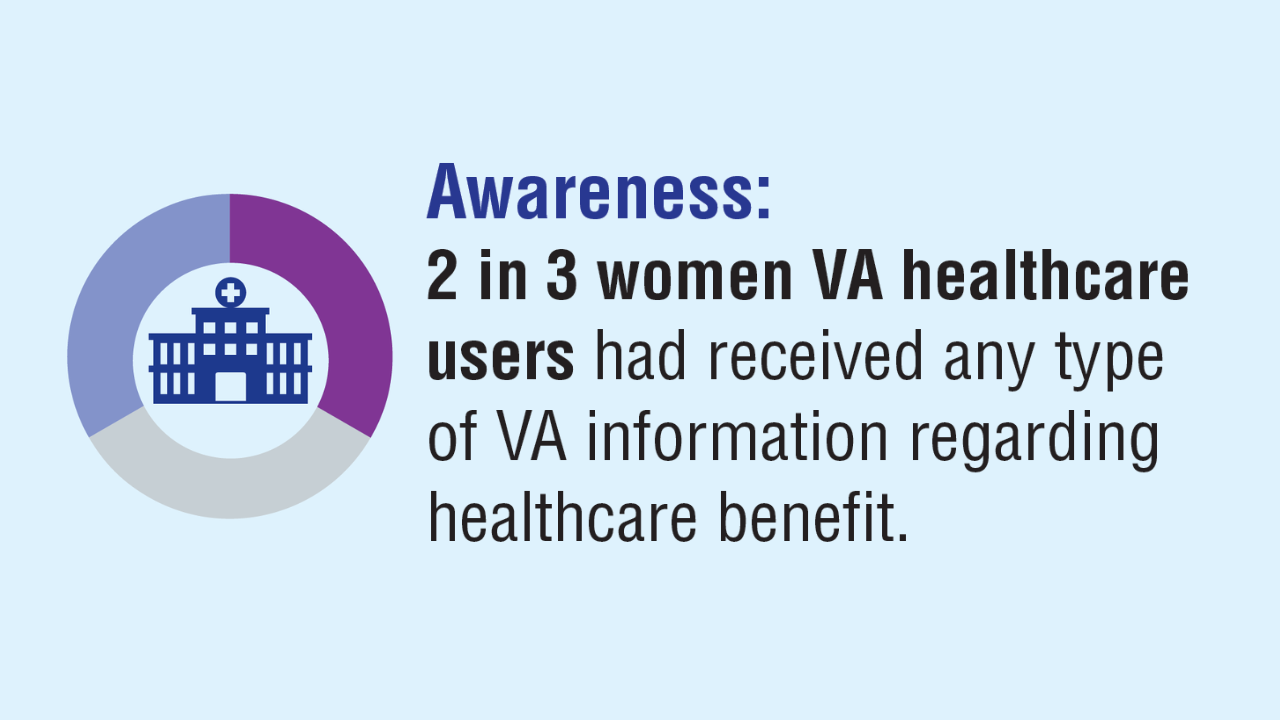 Mental Wellness Challenges for Women Veterans16-20
Mental Wellness Challenges for Women Veterans16-20 US Veteran Women Population Growth and Gender Disparities1,11-15
US Veteran Women Population Growth and Gender Disparities1,11-15 US Veteran Women Population Growth and Gender Disparities1,11-15
US Veteran Women Population Growth and Gender Disparities1,11-15 US Veteran Women Population Growth and Gender Disparities1,11-15
US Veteran Women Population Growth and Gender Disparities1,11-15 Mental Wellness Challenges for Women Veterans16-20
Mental Wellness Challenges for Women Veterans16-20 Mental Wellness Challenges for Women Veterans16-20
Mental Wellness Challenges for Women Veterans16-20 Mental Wellness Challenges for Women Veterans16-20
Mental Wellness Challenges for Women Veterans16-20 Mental Wellness Challenges for Women Veterans16-20
Mental Wellness Challenges for Women Veterans16-20 Mental Wellness Challenges for Women Veterans16-20
Mental Wellness Challenges for Women Veterans16-20 Mental Wellness Challenges for Women Veterans16-20
Mental Wellness Challenges for Women Veterans16-20 Mental Wellness Challenges for Women Veterans16-20
Mental Wellness Challenges for Women Veterans16-20 US Veteran Women Population Growth and Gender Disparities1,11-15
US Veteran Women Population Growth and Gender Disparities1,11-15 US Veteran Women Population Growth and Gender Disparities1,11-15
US Veteran Women Population Growth and Gender Disparities1,11-15 US Veteran Women Population Growth and Gender Disparities1,11-15
US Veteran Women Population Growth and Gender Disparities1,11-15 Mental Wellness Challenges for Women Veterans16-20
Mental Wellness Challenges for Women Veterans16-20 Mental Wellness Challenges for Women Veterans16-20
Mental Wellness Challenges for Women Veterans16-20 Mental Wellness Challenges for Women Veterans16-20
Mental Wellness Challenges for Women Veterans16-20 Mental Wellness Challenges for Women Veterans16-20
Mental Wellness Challenges for Women Veterans16-20 Mental Wellness Challenges for Women Veterans16-20
Mental Wellness Challenges for Women Veterans16-20 Mental Wellness Challenges for Women Veterans16-20
Mental Wellness Challenges for Women Veterans16-20 Mental Wellness Challenges for Women Veterans16-20Item 1 of 10
Mental Wellness Challenges for Women Veterans16-20Item 1 of 10Click here to view more from Federal Health Care Data Trends 2025.
,false×
